|
ALBRECHT DÜRER - MADRID - PAGE 6
|
St. George and the Dragon |
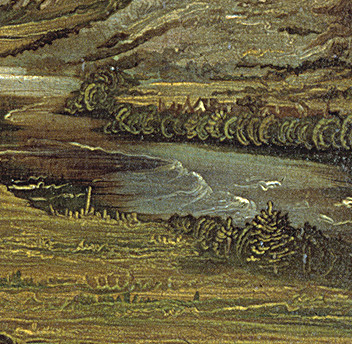
Stagnant pond |
- St. George stands for courage and chivalry.
-
The dragon lived outside Cyrene in North Africa in a large
stagnant pond, whenever he breathed on anyone, they died on
the spot.
- At first, he was breathing on sheep, then he
threatened to go after humans.

Cyrene
pillars (in the closet) |
- The citizens of Cyrene
agreed to give him one person a month so long as he would
leave everyone else unharmed.
- They had to devise a plan to
decide who would be the monthly sacrifice.
- Hangers.
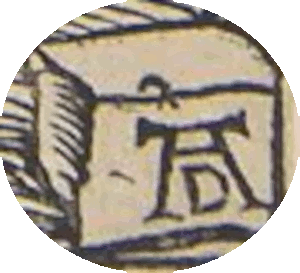
Urn |
- The king decreed that the names of
every citizen should be scratched onto pieces of pottery, and
kept in a great urn.
- Each month, one of the names would
be drawn out of the urn, and that person would be given to the
dragon.
In this way men and women, both rich and poor, were chosen to be fed to the evil beast. (storynory.com)
|
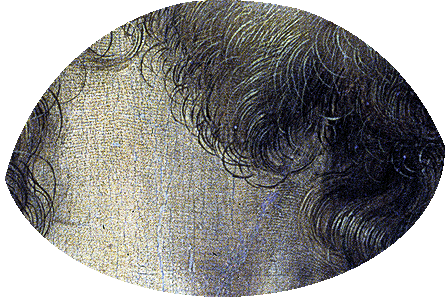
King thinking (narrow-headed) |
- One month, the princess, the King's
own daughter's, name came out of the urn and according to his
law, she must be sacrificed.
- The King offered gold to
remove her name from the list but the judges who oversaw the
lottery said it must be completely fair.
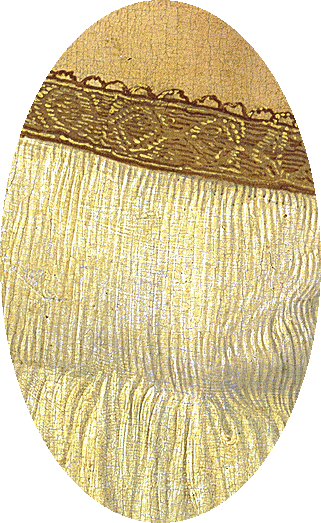
Wedding dress |
- The King, deeply
saddened, said to the princess, 'My dear, I shall never see
your wedding day."
- A week passed, and the day arrived.
- The palace servants dressed her in her wedding gown and
placed a crown of flowers on her head.
They led her out of the city in a procession, and headed for the lake where the dragon lived. (storynory.com)
|
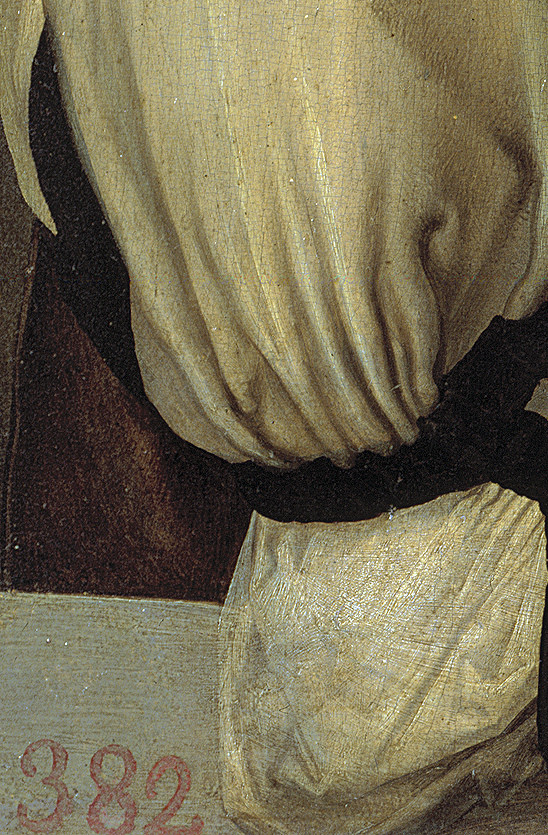
St. George's horse |
- As they were on their way, a
Roman Christian soldier named George, who was from Turkey,
came riding into town.
- He asked why such a beautiful
young woman was looking so sad on her wedding day.
- A citizen told him that according to law, she must marry the
dragon in the lake and her wedding gift was death.
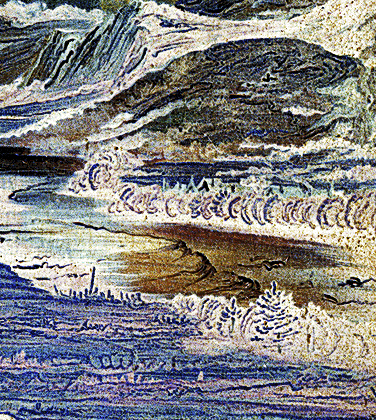
Dragon in lake |
- George
then offered to slay the dragon and the citizens warned him nobody stood a chance against such as ferocious, plague-breathing lizard.
- The people tied her to a tree by the lake, and left her to
meet her fate.
- George saw the dragon emerge out of the swampy waters, and he charged up on his horse and flung his spear into its shoulder.
- The dragon let out a piercing shriek. It was wounded, but not fatally.
|
While it was writhing in pain, George managed to cut the princess free from her bonds. The dragon was enraged and rounded on his attacker. George retreated and called out to the princess to take off the belt from around her waist and to throw it at the dragon. (storynory.com)
|
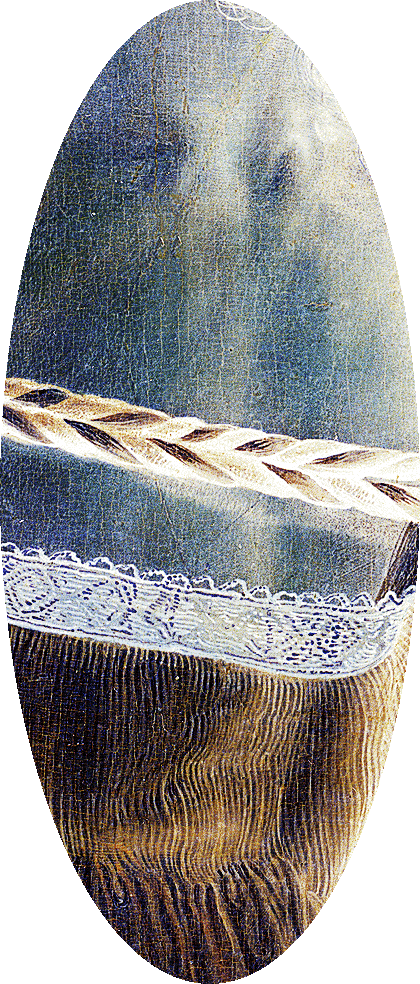
St. George Dragon |
- The princess threw her belt and by a miracle, the belt wrapped itself round the dragons neck like a collar.
- Immediately the dragon became as peaceful as a lamb, and the princess was able to lead it by her belt back to the city.
- Paumgartner altarpiece.
- Gendered Monsters – Art and politics in the representation of St. George and the Dragon.
- Appears to be a female dragon.
- Promoting the idea of a dangerous, single, sexual female like the dragon.
|
In her contribution to Pawns or Players – Studies on Medieval and Early Modern Women [Four Courts Press 2003], Dr. Samantha Riches outlines a significant and intriguing tradition of gendering dragons. She chanced upon her first example while researching for her PhD. Examining a sculpted altarpiece, of English origin but currently in Normandy and dating from roughly 1480, she noticed something strange in one of the subjects depicted, a scene showing St. George and the Dragon.
“I noticed that there was something odd about the dragon,” Dr. Riches explains. “It appeared to be a female dragon, as it had an obvious orifice which seemed to equate to female genitalia. My initial thought was that this was the work of a 1960s permissive society restorer, or that it had been done as some kind of joke. I imagined a falling out between the carver and the head of the workshop. Perhaps this was the very last panel that had been carved, and it would have been too late to change it. As far as I knew at the time, it was a unique representation, but after I shared this information with various colleagues one of them came forward with another example that she had just come across, an image of St George and another apparently female dragon from a Dutch manuscript of around the same date. Since then they’ve come thick and fast, and I now have over fifty representations. (threemonkeysonline.com)
|

Princess |
 |
- When the citizens saw the
princess leading the dragon they became afraid and angry.
-
St. George drew out his sword and slew the dragon and the
people were freed and knew they could live in safety,
unharmed.
- Silenced.

Albrecht Dürer, Public domain, via Wikimedia
Commons
St. George and the Dragon - 1504 |
- A brave and chivalrous knight charges in and saves a fair princess from being devoured by a dragon.
- Triumph of good over evil.
- After killing the 'evil' dragon, everyone around converted
to Christianity.
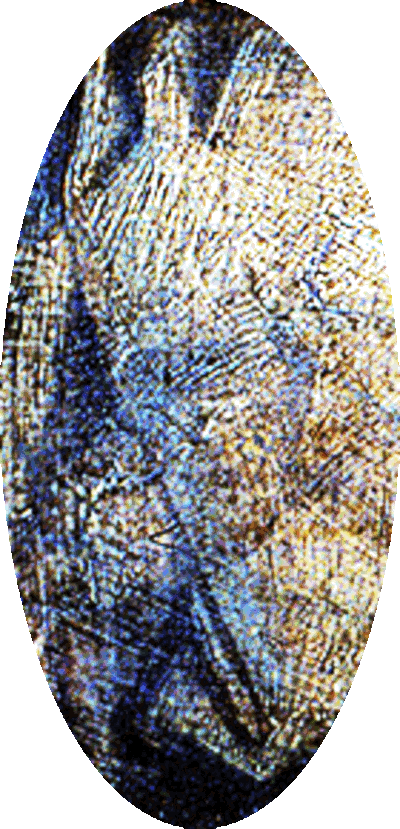
George |
- Appearing in military dress and with a military background, set the precedent for a series of military saints, including St Demetrius, the two St Theodores, also dragon-slayers
(greece-is.com).
- The reason that St. George took off in England
was that he was useful to the monarchy as a symbol of authority
easily recognized.

Female dragon down with belt around neck |
- The tales of George defeating a dragon did not arise until over 500 years after his death.
|
The St. George cult dates from the fourth century, but it’s not until about the eleventh century that dragons are mentioned in more than a metaphorical way; the dragon-slaying story really took off when it was mentioned in the version of the life of St George included in the Golden Legend, a collection of saints’ lives compiled in the late thirteenth century which circulated throughout Europe. (threemonkeysonline.com)
|
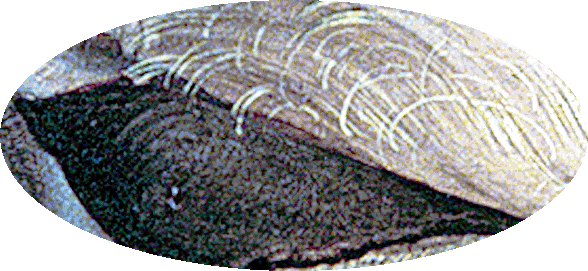
Order of the Garter |
- In 1344, Edward III created his own knightly order, the Order of the Garter, St George was named as their patron saint. It remains the most prestigious British order of chivalry today.
- In England, St. George's day is April 23rd. In Eastern Europe he is usually celebrated on May 6th.
- Mouse shows they are weak males.
It is no accident that St George became the patron saint of the Crusades and several knightly orders, as well as countries and regions with strong military traditions, among them England, Moscow, Catalonia, Aragon, Constantinople, Greece, Bavaria, Bulgaria, Cyprus, and Serbia.
In Italy alone, more than 100 towns have St George as their patron saint, and there is a similar tradition in Greece.
St George is also the patron saint of the Greek army and the Greek scouts. (greece-is.com)
|
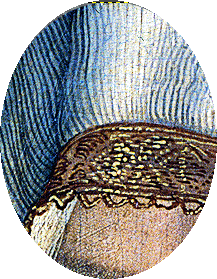
Order of the Garter - in their closet |
- The real garter.
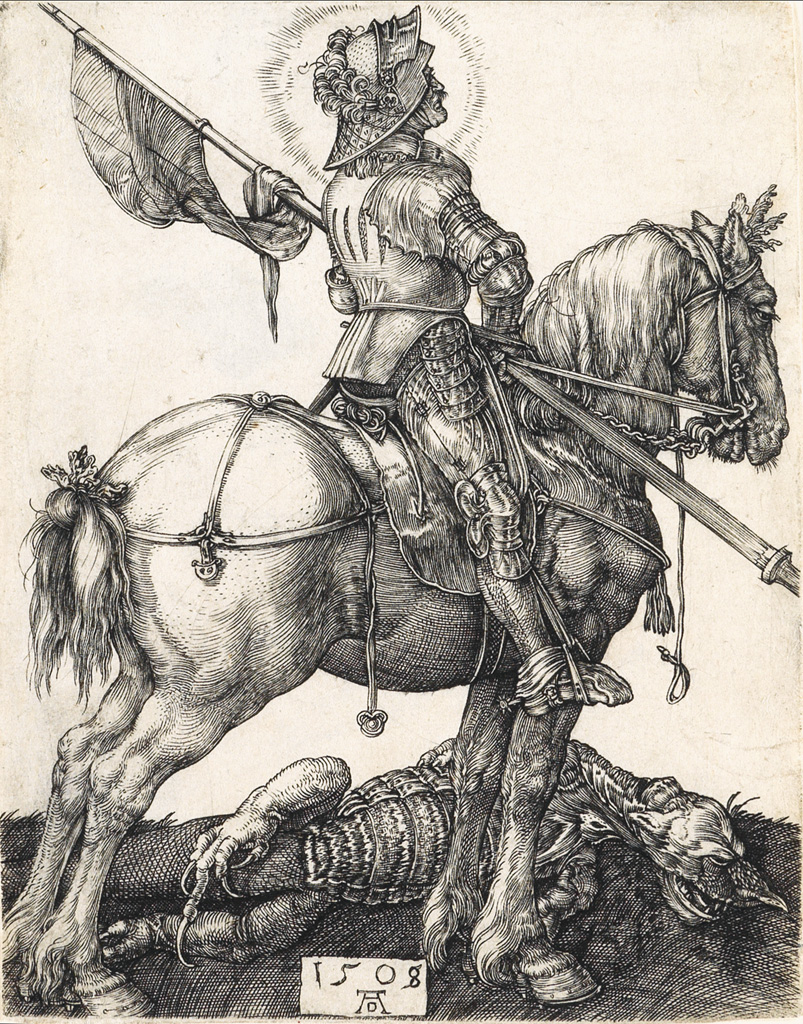
Albrecht Dürer, Public domain, via Wikimedia
Commons
St. George on Horseback - 1508 |
-
In reality, George was a Roman soldier, condemned to torture and martyrdom during the Diocletian persecution at the beginning of the
4th century.
The religious crusades that plagued the 11th and 13th centuries brought about a resurgence of popularity for the saint. St George’s martyrdom and military service made him an appealing figure to invoke for protection and guidance.
As such, the red-on-white cross that crusaders – most notably the Knights of Templar – wore is also known as St George’s cross. At some point around the 11th century, this revival of St George also resulted in the legend he is most famously associated with. (theculturetrip.com)
|

Albrecht Dürer, Public domain, via Wikimedia
Commons
St. George on Foot - 1502 |
- He is often painted as a knight in armour from the Middle Ages, but was in fact born long before those times, when the Romans still ruled much of the world.
- The 'hel-met' represents a female part.
George was among those saints “whose names are
justly reverenced among men, but whose actions are
known only to God.” (Pope Gelasius I)
|
- Divine feminine as fallen goddess.
- Elephant rising.
- Breaking the generational curse.
-
The story of St George and the dragon can be understood as one, relatively modern, form of some very ancient ideas about gender roles, monsters, sexuality
as well as proof of how religion used it as propaganda.
|
There is a lot of evidence that for medieval and early modern people evil is strongly associated with women and their sexuality, and the sexualised femininity of this serpent is very apparent .
It’s a great image because you’ve got the serpent effectively being a mirror image of Eve, and it’s really underlining who the one at fault is here: Eve is understood as far more culpable than Adam. In contemporary religious thought. It’s a very sexual image, with the apple aligned with the breasts, and presented with the same size and shape as well. (threemonkeysonline.com)
|
- Female under thumb.
|
Now that one has an idea about St. George, let’s return to his adversary, the dragon – or more precisely the gendered dragon. “It seems to be particularly popular with German reformers, so artists such as Albrecht Dürer and Martin Schongauer, artists particularly associated with the Reformation movement, use it quite a lot.
The whole argument here is that St. George
represents chastity and the dragon represents
untrammelled female sexuality, and hence when he
overcomes the dragon, it seems to be suggesting that
female sexuality is only acceptable under certain
circumstances, such as when it is confined within the
limits of marriage. (threemonkeysonline.com)
|
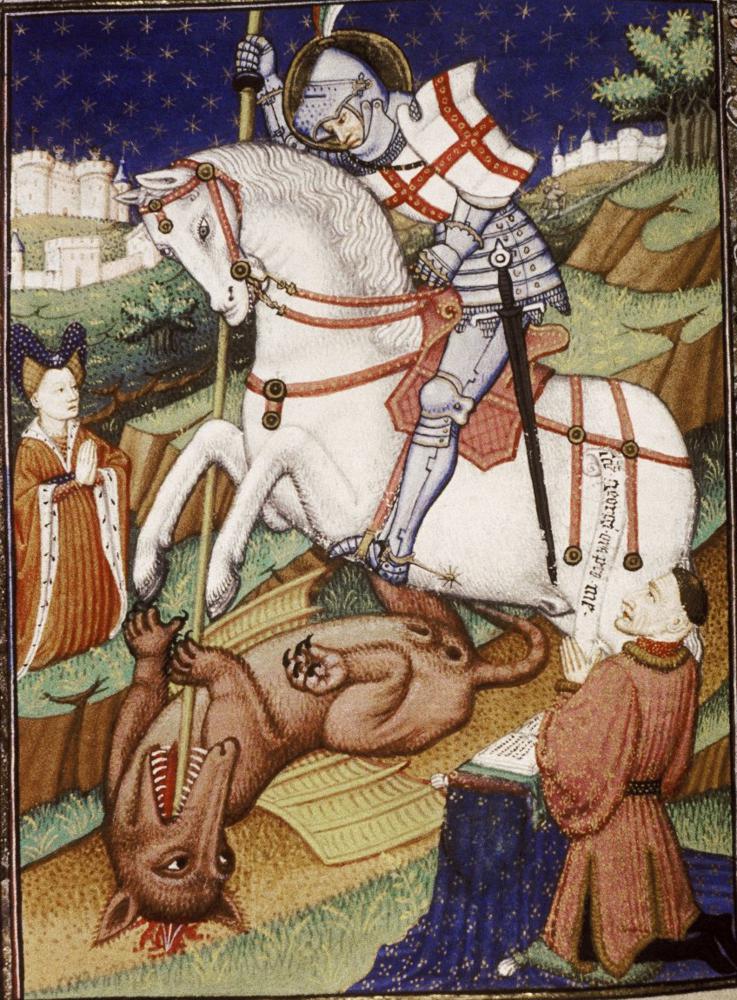
St. George Slaying Female Dragon |
- From a fifteenth century French book of hours.
- Lesson: females seem to be punching bags and voodoo dolls
for males.
- Their best weapon, other females, sneaky, that
old narcissist triangulation and the third party then performs
the murder.
- Wake up!
- A true hero does not wear a
garbage can.
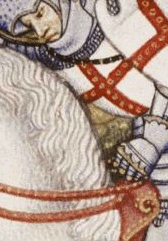
Hollow DIK |
- Deep inner knowing.
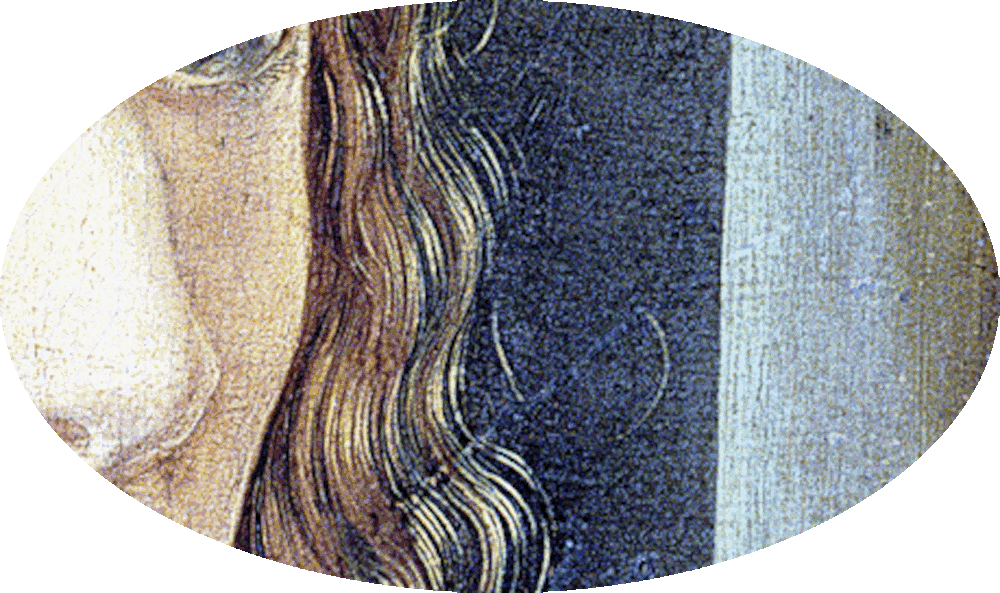
Nosy X |
- Have a good nosy around.
- Rubbing face and nose in a strange and almost habitual manner.
- A stud in nose.
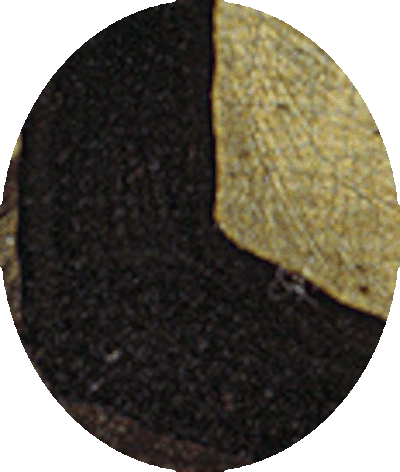
Hazelnut |
|
- French hazelnut - noisette.
- They are also known as cobnuts or filberts.
- Hasselnød is Danish. Hasselnöt is Danish. Hasselnøtt
is Norwegian.
- Eileen comes from a surname derived from the Old French 'aveline' meaning hazelnut.
- Hazelnut Paris-Brest.
- Turkey is the world's largest producer of hazelnuts.
-
Māori aux (with) noisettes.
- xxx adult content.
- Hazelnut Growers’ Association of New Zealand.
- Noisette, small piece of lean meat, such as a filet mignon or a sirloin.
- Heterochromia iridum.
Thou wilt quarrell with a man for cracking
Nuts, hauing no reason, but because thou hast hasell
eyes. (Shakespeare, Romeo & Juliet)
Shakespeare was first to use it (in print) in the sense of "reddish-brown color of eyes" (in reference to the color of ripe hazel-nuts). |
|
|

Chestnut |
- Chestnuts are not part of the
tree nut family or peanut family even though they look the
part.
- Horse chestnut is poisoness.
- Nut means tête in French which means head.
- In Italian, the word marone has a few different meanings. It can be used as a noun to describe a type of chestnut, or as an adjective to describe the color brown.
- Tahitian chestnut or Polynesian chestnut (Inocarpus fagifer).
|
|
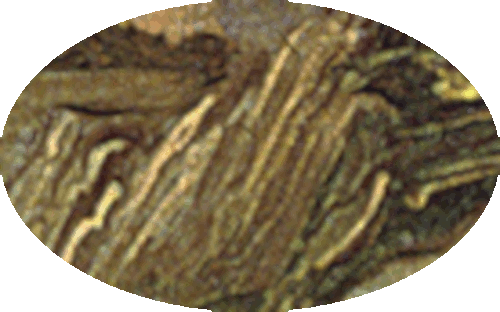
Pécan |
- French pécan - hickory.
- "Pecan" is borrowed from the French word "pacane/paccan"
which came from Algonquin or Illinois Native American origin.
- Pekana means bacon in Māori.
| Evidence of large-scale Mesolithic nut
processing, some 8,000 years old, was found in a
midden pit on the island of Colonsay in Scotland. (Wikipedia) |
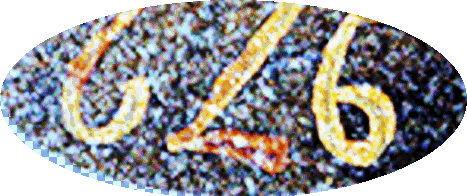
GLB |
- Evaluating the needs for statistics
about the gay, lesbian and bisexual (GLB) population in the
context of the Official Statistics System.
- Hook.
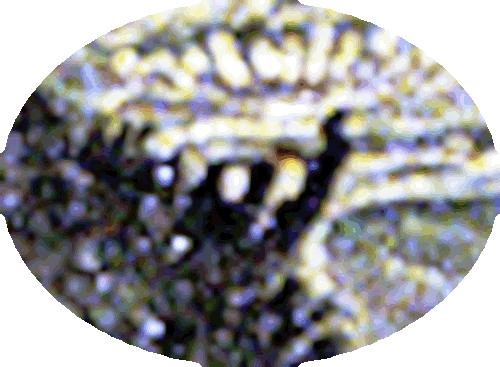
Wink |
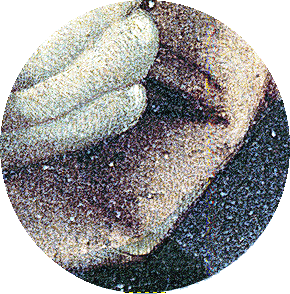
Winker |
- Means whakakikini (wake a key kini).
- To wink significantly (as a secret sign).
- Forty Winks by Charles Goldie
1915.
- Why Silicon Valley billionaires are prepping for the apocalypse in New Zealand.
- In 2011, Peter Thiel declared he’d found “no other
country that aligns more with my view of the future than New
Zealand.”
|
The claim was made as part of an application for citizenship; the application was swiftly granted, though it remained a secret for a further six years.
In 2016, Sam Altman, one of Silicon Valley’s most influential entrepreneurs, revealed to the New Yorker that he had an arrangement with Thiel whereby in the eventuality of some kind of systemic collapse scenario – synthetic virus breakout, rampaging AI, resource war between nuclear-armed states, so forth – they both get on a private jet and fly to a property Thiel owns in New Zealand. (The plan from this point, you’d have to assume, was to sit out the collapse of civilisation before re-emerging to provide seed-funding for, say, the insect-based protein sludge market.). (theguardian.com)
|

volcanolive.com |
- White/Whakaari Island vampire.
- Countdown to Disaster: The Eruption of White Island.
- Whakaari drama school.

Vampire |
- Everything revealed.
- Don't
believe their lies (especially about how they're such 'shiny'
heroes. Dump their sick beliefs (egos and bullies) and follow
your own deep inner knowing.
- Pull the plug and they will
fall off the ladder on their own ass!
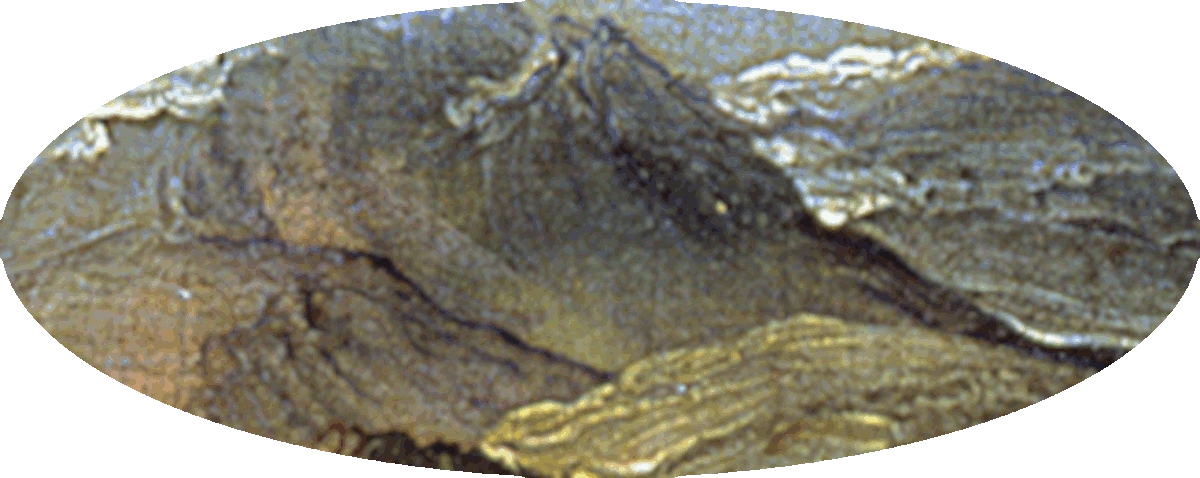
Elephant |
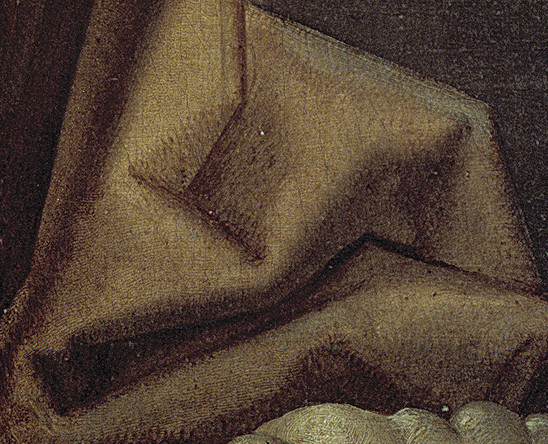
Elephant idea in hand
Ngā Mānawa |

Elephant Rocks near Duntroon in North Otago, New Zealand |

Elephant Rocks near Duntroon in North Otago, New Zealand |
-
Elephant perspective.
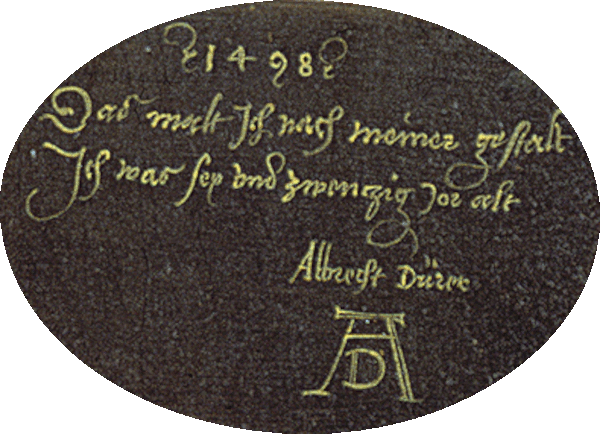
Signed by Albrecht Dürer |
|
|

